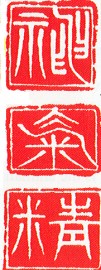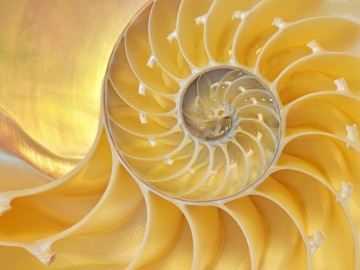“Disease is not an entity but a fluctuating condition of the patient’s body, a battle between the substance of disease and the natural self-healing tendency of the body.” – Hippocrates
Acupuncture is an ancient healing art that works with the Qi to regulate metabolism and support health and well-being.
Acupuncture involves the insertion of very thin, pre-sterilized, disposable stainless steel needles at acupuncture points in order to stimulate the Qi, or vital energy. Acupuncture points are discrete sites on the surface of the body that have a greater electrical potential than surrounding tissue. They act as highly conductive amplifiers to boost and regulate the flow of Qi. They are located along lines of energy called meridians or channels. An acupuncturist selects a group of points which act together to perform a specific function and to restore homeostasis through promoting the circulation of blood and tissue fluids, alleviating stasis (congestion), relaxing muscles, reducing inflammation, relieving pain through the modulation of endorphin production in the brain and other cells, and inducing a state of relaxation.
“Healing comes from what the ancient tradition calls resonance, an eliciting of inner potential to recreate balance.”
– Ted J. Kaptchuk, OMD
Traditional Chinese Medicine tells us that health is a question of balance.
This ancient concept of balance is much like our western concept of homeostasis: the tendency of a living body to regulate itself to keep everything about itself as constant as possible. When the human body is in balance, the Qi flows through the channels and moves the blood; the blood brings nutrients and oxygen to the cells and carries away metabolites (the byproducts of metabolism). The Qi should be of good strength to move the blood, and the blood must be of good quality to nourish the Qi. Traditional Chinese Medicine is a holistic system in which the body, the mind and the spirit work together. It is a system that is in constant flux and the body is always adjusting its internal environment to maintain this delicate balance.
Acupuncture is considered to be part of an “integrated” approach to health care used in conjunction with the care of your medical team of providers. Many physicians acknowledge the benefits of acupuncture, especially in the area of pain management.
Understanding the Mechanisms of Acupuncture
Neurotransmitter Effects
Acupuncture influences chemicals in the brain known as “neurotransmitters” which stimulate the secretion of endorphins and enkephalins in the brain and spinal cord. The release of neurotransmitters influences the immune system and the antinociceptive system affecting both pain perception and mood. 1, 2, 3
The Autonomous Nervous System
Acupuncture stimulates the release of norepinephrine, acetylcholine and several types of opioids, affecting changes in their turnover rate, normalizing the autonomic nervous system, and reducing pain. 4, 5
The Vascular and Intracellular System
Acupuncture effects the bioelectrical system of the body by creating or enhancing closed-circuit transport in tissues. This facilitates healing by allowing the transfer of materials and electrical energy between normal and injured tissues.
Blood Chemistry Effects
Acupuncture affects the blood concentrations of triglycerides, cholesterol, and phospholipids suggesting that it can both raise and diminish peripheral blood components, thereby regulating the body toward homeostasis.3
The Gate Control Theory of Pain (Melzak)
Acupuncture activates non-nociceptive receptors that inhibit the transmission of nociceptive signals in the dorsal horn, thereby blocking pain signals from reaching pain centers in the brain. 6
STUDIES
- 1 Neuro-acupuncture, Scientific evidence of acupuncture revealed, Cho, ZH., et al., 2001.
- 2 Acupuncture: A scientific appraisal, Ernst, E., White, A., 1999, p. 74.
- 3 Acupuncture Energetics, A Clinical Approach for Physicians, Helms, Dr. J., 1997, pgs 41-42, 66.
- 4 Anatomy of Neuro-Anatomical Acupuncture, Volume 1, Wong, Dr. J., 1999, p. 34.
- 5 National Institute of Health Consensus Conference on Acupuncture, Acupuncture Activates Endogenous Systems of Analgesia, Han, J.S., 1997 (Bethesda, MD).
- 6 Neuro-acupuncture, Scientific Evidence of Acupuncture Revealed, Cho, ZH., et al., p.116.
“There is sufficient evidence of acupuncture’s value to expand its use into conventional medicine.” – National Institute of Health, 1997 Consensus on Acupuncture
The World Health Organization (WHO) recognizes a broad range of disorders that respond well to acupuncture including:
- Allergies
- Arthritis
- Asthma
- Anxiety
- Back Pain
- Bronchitis
- Chronic Fatigue
- Constipation
- Depression
- Digestive Disorders
- Facial Neuralgia
- Fibromyalgia
- Headache
- Infertility
- Insomnia
- Menopausal Symptoms
- Menstrual Disorders
- Migraine
- Morning Sickness
- Nausea
- Neck Pain
- Pain Syndromes
- Sciatica
- Sinusitis
- Sports Injuries
- Stress




